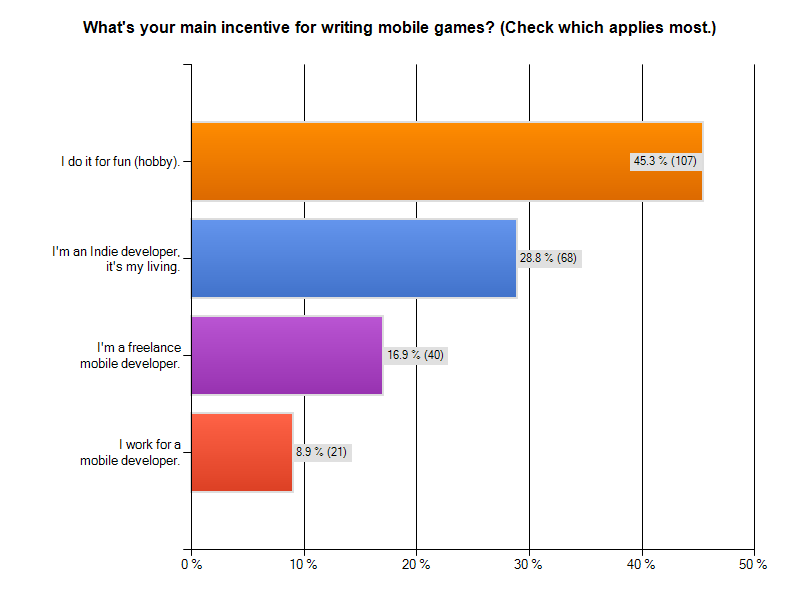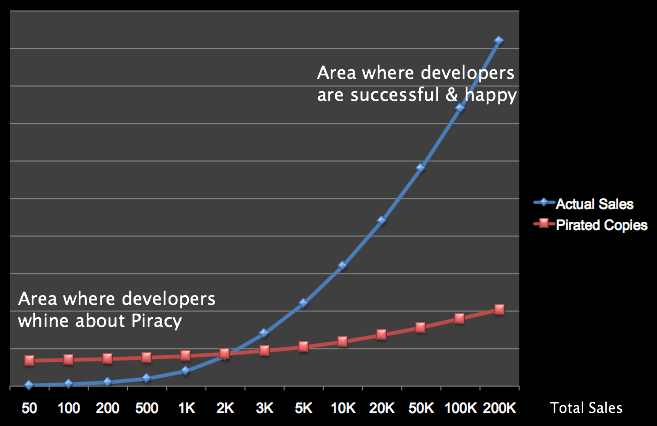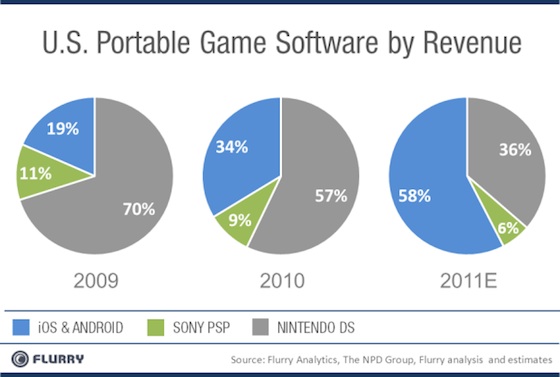With yesterday’s release of iOS 7 and hence Sprite Kit, many cocos2d developers will face this question sooner or later: switch to Sprite Kit or Kobold Kit or stick with cocos2d-iphone or perhaps move on to cocos2d-x?
I’ll give you some guidance and things to consider …
Sprite Kit / Kobold Kit
Sprite Kit made quite the splash. There are new tutorials coming out by the minute. Two books will be available within days after release. Several high profile tutorial & starterkit authors have jumped on the bandwagon. Tool developers are hard at work adding Sprite Kit support. Instructors are already offering new mobile game development courses based on Sprite Kit. Heck I even started a new game engine based on Sprite Kit: Kobold Kit.
With almost everyone jumping ship, it seems a safe bet to jump ship, too. You’re guaranteed to get excellent documentation from Apple, plus a stability of the framework until at least iOS 7.1 and even then Apple is known to carry on supporting deprecated methods for several versions. It’s easy to learn, and once learned you won’t be thrown off guard by new releases. And the developer community will soon surpass that of cocos2d-iphone. Continue reading »
For the past two weeks I’ve been running a Cocos2D Developer Survey. As of today, 236 developers started the survey and 189 finished it completely. That’s 80% despite the many questions they had to answer.
Here are the results with my observations. I started the survey also to see if I was on track with KoboldTouch, and whether certain assumptions hold true. Specifically I had a hunch that cross-platform development is only perceived to have great value or appeal. Let’s see if I was right.
Click on each image for full resolution.
Who are you?
I was very curious how many cocos2d developers consider themselves to be hobbyists and indies compared to professionals, who either work for a mobile developer or are taking on freelance jobs as one.
Almost half of those who answered the survey are hobbyists. Nearly 30% consider themselves indies who make a living making mobile games. This is great! Continue reading »
It isn’t piracy! … Not even close.
I have a problem with terms that are not clearly defined. Words like “much”, “a lot” or as in this case: “unbelievably high”. If you argue that the problem with Android is its high piracy rate based on one developer’s subjective statement and general hearsay, it’s not an argument.
Before I get to debunk why piracy can’t be that big an issue for Android developers, allow me to restate which developers regularly complain about piracy to begin with. There always seems to be the issue that low selling apps see a much larger percentage of pirated copies being used than high volume apps. This is because some pirates download and try out almost everything that’s available just because they can.
Interestingly, the badly selling app developers seem to be those who complain the most about piracy. Because it’s so easy to blame a failure to sell on piracy. See this fictive graph:
The iOS & Android mobile game revenue has jumped from 19% to 58% in 3 years. While these numbers are only percentages and do not reflect an overall growth in the market, it does make one thing very clear: the dedicated handheld gaming devices are losing market share big time. And just as the 3DS has failed to inspire consumers so will in all likelihood the PS Vita. Continue reading »
I stumbled across this AppBoy Blog Post about Android and its Market. And it reminded me of what i think when i hear people swearing by the Android: the Android is not going to rule the world. Period.
The reasons are not many but they are crucial. First, Open Source is not a Feature! I hear that very often. “Yeah but Android is Open Source, you can’t compete with that!”. Uh-huh. As a matter of fact, i do not want to compete with Open Source if that means low-quality crap. There is no quality control on the Android Market. For some this spells freedom of choice and what not. And yes, Apple has made some decisions to pull apps from the App Store that a lot of people didn’t like. But let’s not forget that 99% of iPhone OS users just don’t care. There’s still enough diversity, and it’s not like Apple has pulled the Facebook App, Twitterific, Doodle Jump or Angry Birds. Apps that people really use and like. Keep in mind that whenever Apple decides to pull an App, recently that was because of mature content while allowing a big player in that market to keep his Apps online, people talk about that because (a) they like to get upset and (b) the blogosphere and news outlets need something to talk about. In the end it’s just hot air.
Let’s get back to Android though. So it’s open source. What does that even mean? The OS itself is open source. Great for the companies who build their own devices on that software. Bad for the consumer: you still have the same problem all mobile phones have. It’s like switching from Nokia and it’s hundreds of different devices united by the Ovi Store to Android, with its hundred and more and more diverging devices and a united App Store. Where does that lead us? A huge pile of free choice no one really wants if you so will. For developers it gets increasingly harder to develop Apps that run on all Android devices and what’s more, even if you manage to support 99% of all devices right now, tomorrow there will be a new device coming out that won’t run your app. As an independent developer this is hell. You have no way of telling whether supporting a specific line of Android devices will get you a significant sales boost. So how do you calculate how much time you’ll spend on each? It’s pure guesswork. I pity Android developers.
The iPhone market itself is hard but there’s one thing you can and should put all your efforts in: Marketing. You develop for one device (well, ok make that 3) while in the meantime you figure out which websites to target, what to blog, which communities to join, where to apply for App reviews, what Press Releases to send out, etc. The code is already done, Marketing your App is the hard part. It’s the same with the Android, except that the code part with its diverging devices is just as hard to do. And it’s just not fun adapting the same app to different devices. It’s one of the things i wouldn’t mind not doing.
Most of the outspoken people who choose Android choose it because they don’t like Apple (fair enough), or they don’t like closed ecosystems and enjoy (really?) everything that has the label “Open Source” attached to it. However, they’re a minority on the Android market. Most Android users just got what they needed: a working mobile phone. They have no idea, and no clue and don’t care about Open Source. For them, the label “Open Source” has no meaning.














